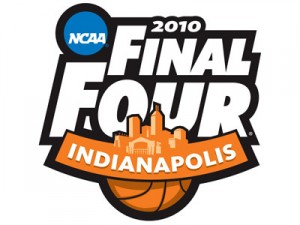Zach Hayes is an editor, contributor and bracketologist at Rush the Court.
I love the NBA Draft.
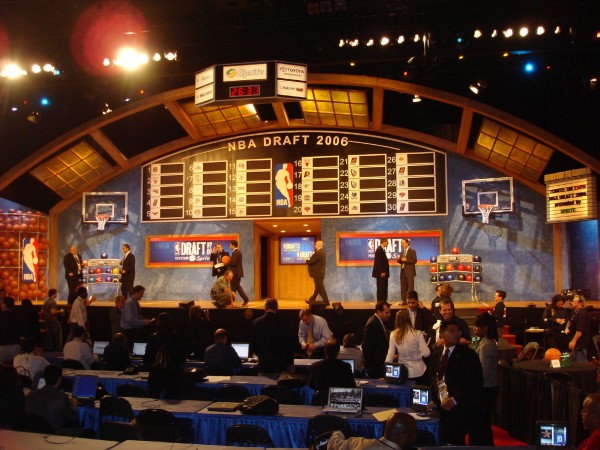
The Stage Rarely Changes, but the Players Do
There’s something gratifying and enjoyable about seeing the college players that we discuss, watch and evaluate move on from the collegiate game and find a home at the next level. There are no cliffhangers when it comes to the NBA Draft. Barring late summer dealings or undrafted snubs, Thursday will be the day we’ll find out where each of our favorite elite college players are going to play pro ball next winter, almost like watching your kids go off to school for the first time. It’s a grand conclusion to a celebrated (albeit, in plenty of cases, very short) college career and a transition to the riches of the NBA.
We’re all prognosticators and experts on Draft night. Opinions are thrown around as David Stern announces each choice. Emotions are prevalent when your favorite NBA squad picks, those moments and heartbeats before the selection that could change the course of a franchise forever. Or it could be Renaldo Balkman. Either way, Draft night for us hoops nerds is one of intrigue and interest.
Here’s my best shot at forecasting how the first round will play out. As someone that has watched these players intensely at the college level, someone that pays attention to the strengths/weaknesses of each NBA club and has been soaking in all of the Draft info since the Final Four ended in April, I’m honored to bring you the official Rush the Court 2010 NBA Mock Draft (RTC draft profile linked to each name):
1) Washington Wizards – John Wall, PG, Kentucky
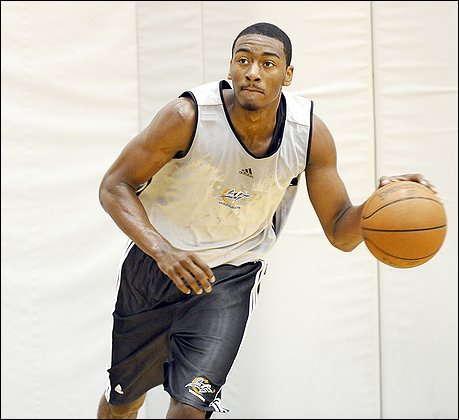
The Consensus #1 Pick (WaPo/J. Newton)
This was a lock the moment the Wizards won the Lottery in mid-May, a stroke of unexpected luck for a city on the sports rise and the perfect face of the franchise-type player to lead this team out of the cellar. Wall could pair with a focused Gilbert Arenas in a potent backcourt and the Wiz may even shell out some money to bring in an intriguing free agent wing. He may be a top-five point guard in the NBA in only three years time if the jump shot improves. He’s that skilled and talented.
2) Philadelphia 76ers – Evan Turner, SG, Ohio State
I’m hearing the Sixers front office is enamored with Turner while newly minted coach Doug Collins would prefer big man Derrick Favors. In the end, I see Turner as the surer prospect emerging as the pick, and even the Sixers website prepared for that very possibility last Friday. Philly won’t trade the pick unless some team agrees to take on Elton Brand’s contract, an unlikely scenario. Turner could be the next Brandon Roy, a prospect just too mouth-watering to pass up on.
3) New Jersey Nets – Wesley Johnson, SF, Syracuse
Nets fans were positively crushed on Lottery night when they lost a chance to nab Wall. An underwhelming workout for Derrick Favors, one in which he was thoroughly outplayed by DeMarcus Cousins, gave the Nets brass pause after it was assumed for months Favors would be the selection at #3. The Nets have needs at both forward spots, so it would make sense for them to peg Johnson here and go after one of the big free agent power forwards with new owner Mikhail Prokhorov’s checkbook- Amare Stoudemire, Carlos Boozer or Chris Bosh.
4) Minnesota Timberwolves – Derrick Favors, PF, Georgia Tech
This is a tricky situation for the Wolves. With Al Jefferson and Kevin Love already in the fold, the last thing Minnesota needs is another power forward. They covet both Turner and Johnson, so it’s extremely likely they try to persuade either Philly or New Jersey to let them move up a few spots in exchange for their pick at #16. It’s rumored the Minnesota brass isn’t too high on Favors, but Cousins has publicly expressed displeasure with playing in the Twin Cities.
5) Sacramento Kings – DeMarcus Cousins, C, Kentucky
Cousins has sent hinted messages that he wouldn’t be too thrilled if Sacramento (or Minnesota or Golden State) calls his name and he’d much prefer to end up in Detroit. The Pistons could very well move up a few spots to grab Cousins, but the workout Cousins just finished in SacTo apparently convinced ownership that his game outweighed any character concerns. I would take Cousins over Monroe (and maybe even Favors) in a heartbeat, and it’s my feeling that the Kings agree even with the recent Sam Dalembert acquisition.
6) Golden State Warriors – Greg Monroe, PF, Georgetown
Read the rest of this entry »






























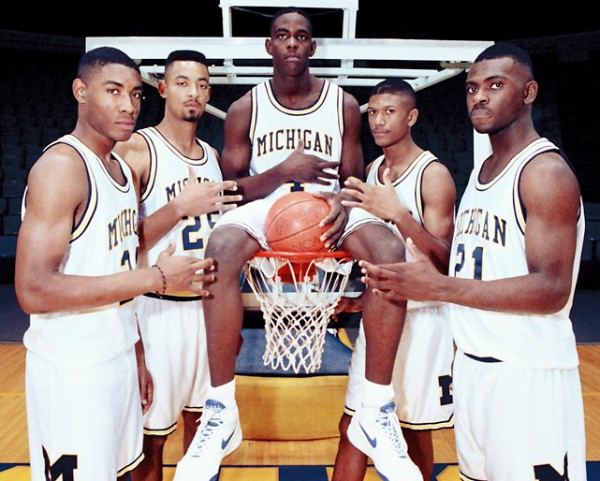

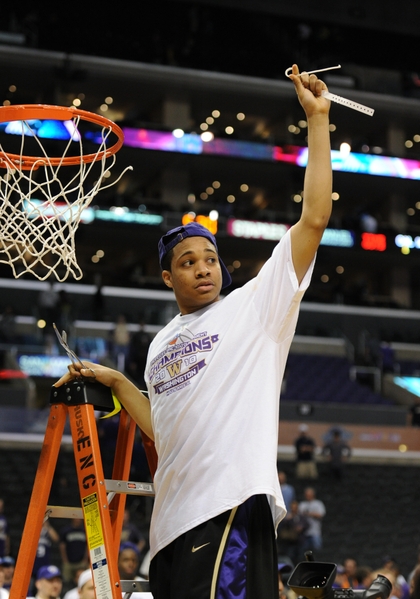
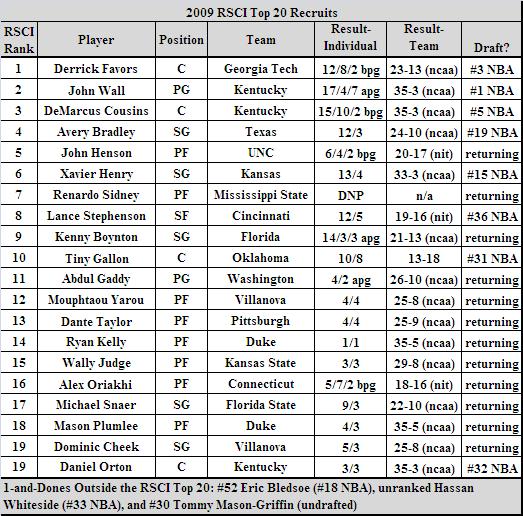
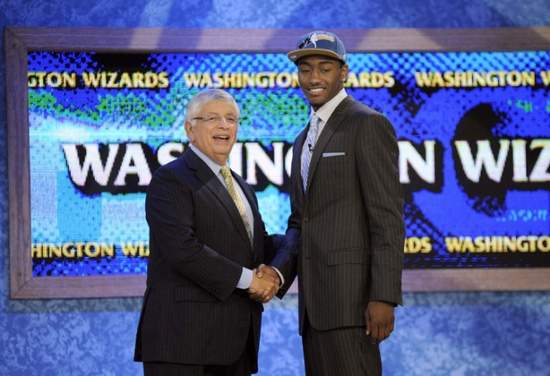




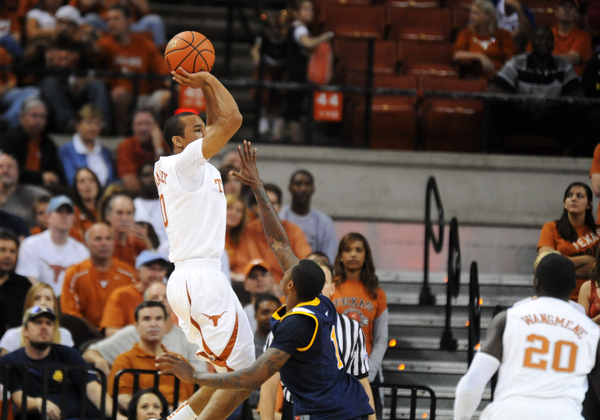
![438012310054_Kentucky_v_Arkansas[1]](http://rushthecourt.net/wp-content/uploads/2010/04/438012310054_Kentucky_v_Arkansas1.jpg)
